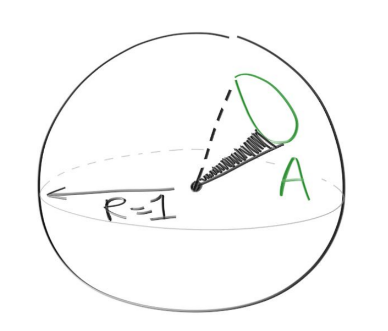Customer Spotlight: Ray Tracing author uses Limnu to draw illustrations for his book
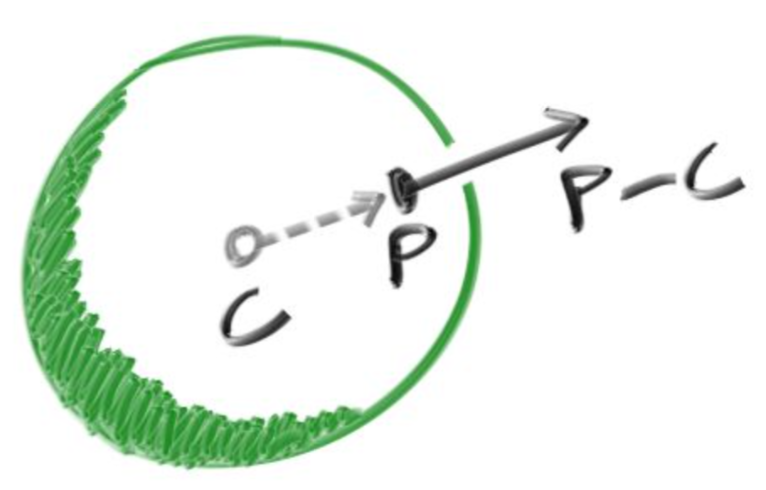
Peter Shirley is a distinguished research scientist at NVIDIA, a company known for its graphics cards and programmable graphic processor technologies. His research focus includes computer graphics, computational photography and imaging, ray tracing and more.
At NVIDIA, Peter is currently working on virtual reality (VR) and ray tracing. He and his fellow NVIDIA researchers are trying to fix one of VR’s biggest problems - the vergence-accommodation conflict. That’s a fancy term describing the fact that humans can not shift their focus between objects at different distances in a virtual environment. Peter hopes to fix that by adding the same queues humans use to focus in real life to a VR environment. Interestingly, scientists don’t yet fully understand how humans focus. To take advantage of the latest scientific insights NVIDIA’s research group teamed up with vision scientists at the Banks Lab at Berkeley. New research from the lab offers evidence that a little rainbow at the back of the retina is key to how human’s focus. The chromatic aberration in the human eye makes rainbows on the retina at even black and white edges. We are not consciously aware of the rainbows, but the eye subconsciously uses them as a critical focusing cue. Read NVIDIA’s blog to learn more about this project.
|
Peter Shirley |
||||||||||
 |
||||||||||
|
How Limnu helps NVIDIA’s research team
NVIDIA’s various research and engineering groups are distributed across the globe. To effectively collaborate Peter and his team frequently use Limnu’s online whiteboards. The boards are used for brainstorming sessions or to give one way tutorials on subjects the team may not be familiar with. For example there is a former physics professor in Peter’s group and when the team comes across a physics concept they don’t understand Peter asks him for a quick lecture. With Limnu’s whiteboards, the concepts are easier to understand and the sessions are more interactive.
“In my experience with video conferencing, shared whiteboards have made the biggest impact in improving distance collaboration,” Peter said. When asked why, he explained that “It’s the same reason that there is a whiteboard in every office. It’s become a part of our communication workflow.”
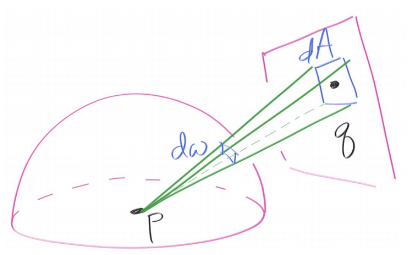
Ray Tracing and Limnu
One of Peter’s area of expertise is ray tracing. He defines it as “the most brute force, intuitive way to do computer graphics.” Ray tracing is a rendering technique for generating realistic images by simulating the physical behavior of how light travels and interacts with objects. It calculates pixel colors by tracing the path a light ray would travel from the eye of the viewer through a virtual scene. Peter taught hundreds of classes on ray tracing when he was a professor of computer graphics. In 2016 Peter decided to adapt his course notes into a series of short books that allow individuals to progress to building a neat ray tracing program as quickly as possible.
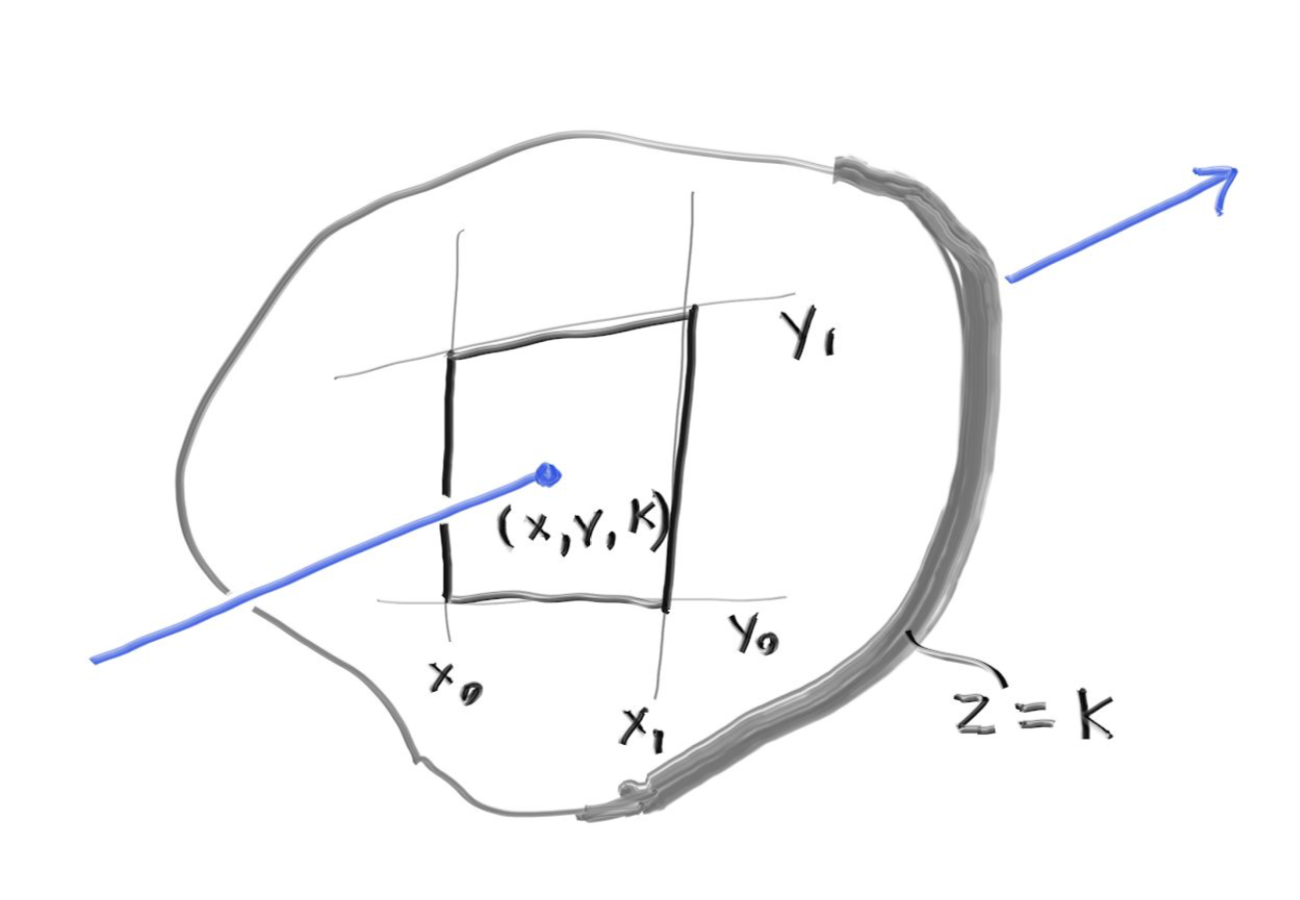
Peter used Limnu whiteboards to create most of the illustrations in his recent ray tracing books. “Using Limnu helped me bang out the illustrations,” Peter said. “If I didn’t use Limnu I’d have a lot fewer figures. There is no way I could have drawn figures so quickly in another drawing tool.”
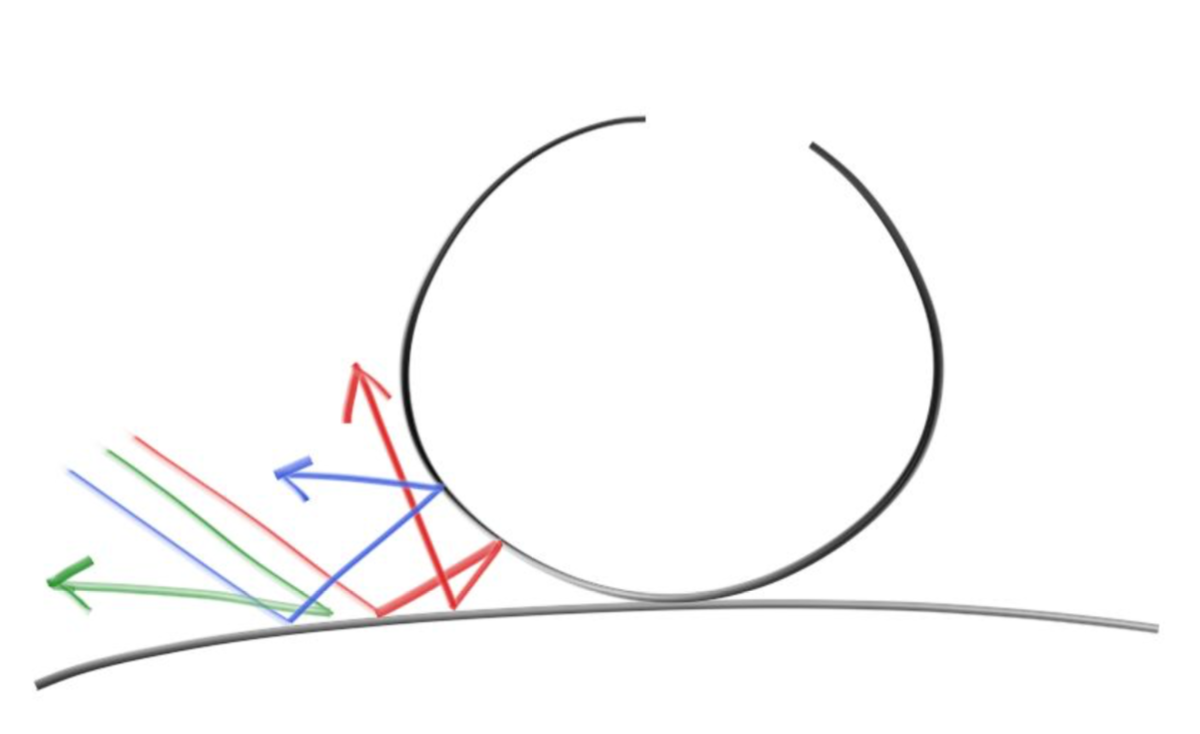
Peter noted that with Limnu he didn’t need to “agonize” over his drawings. “Limnu is one of the only tools I use where I don’t have to think about the tool. I use other drawing tools where I need to think about how to accomplish what I want to draw with that specific tool. With Limnu, I can just think about what I want to draw.”
Since the figures were drawn in a tool that looks like a whiteboard he felt like he didn’t need to be super formal with his drawings but they still convey the right message.
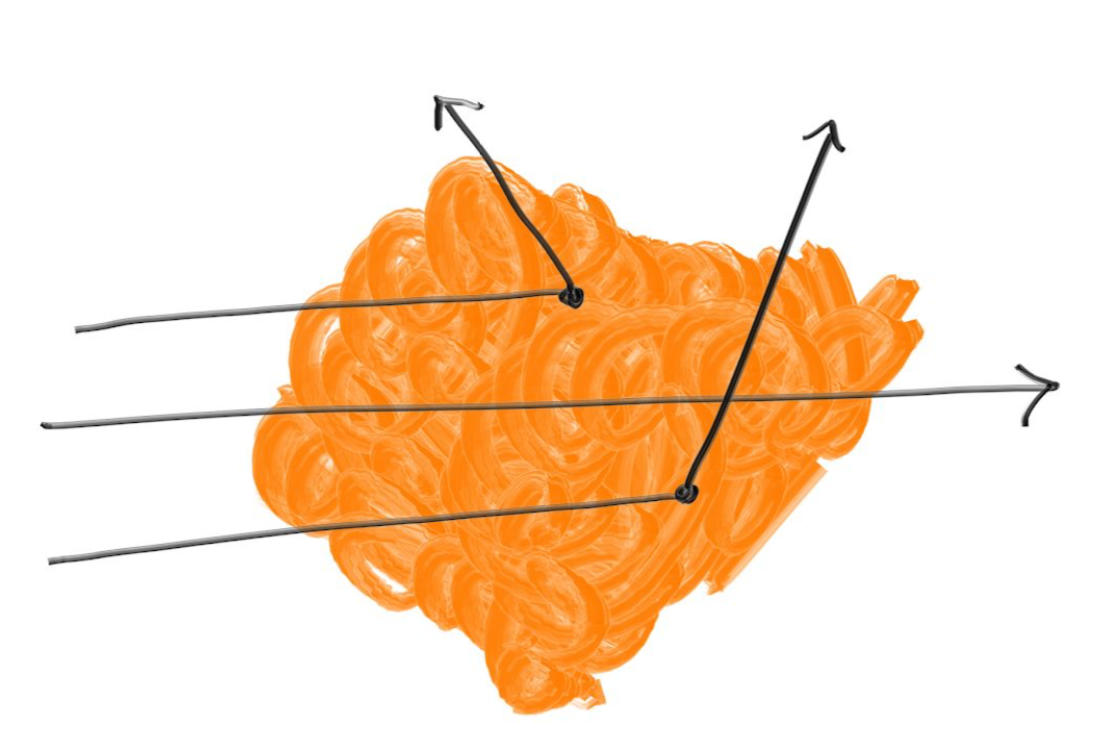
You can also find out more about computer graphics and what Peter is up to by following him on Twitter or his computer graphics blog.
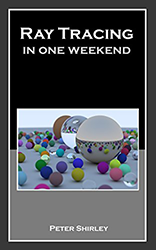
Real whiteboards vs Limnu whiteboards
“The fact that Limnu has additional features from a real whiteboard makes it awesome.”
